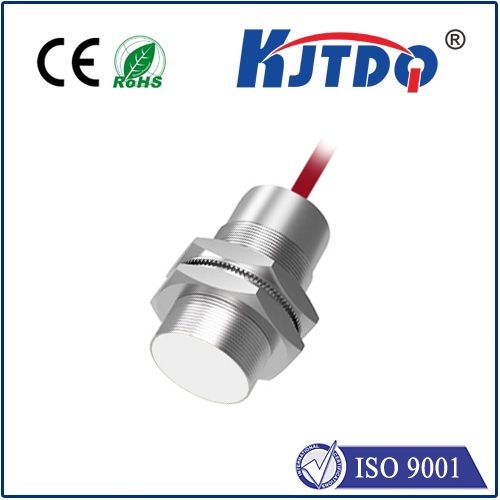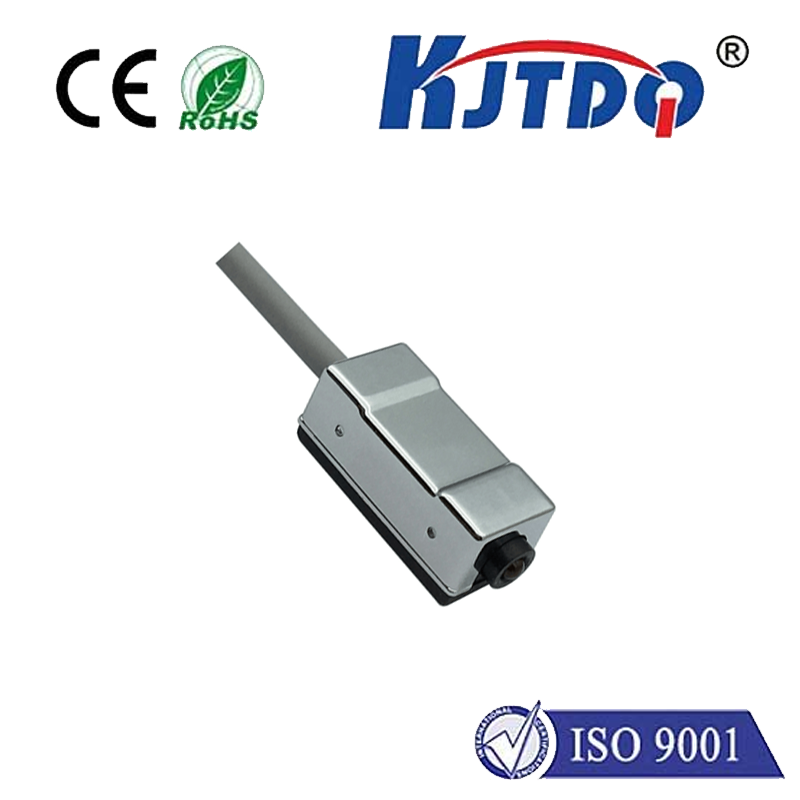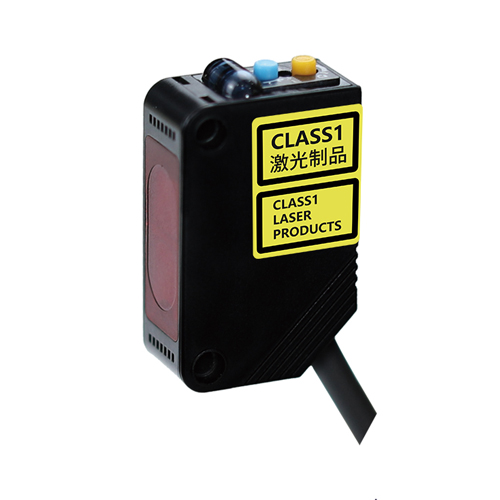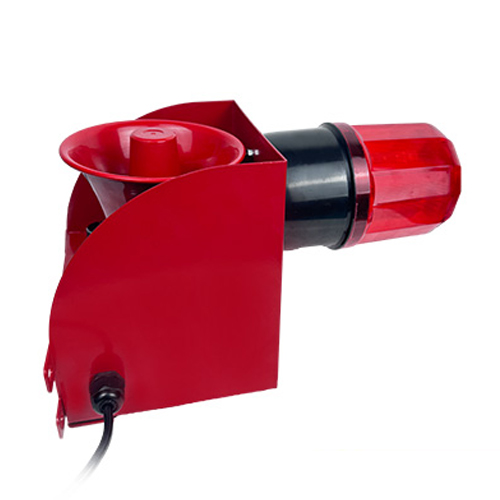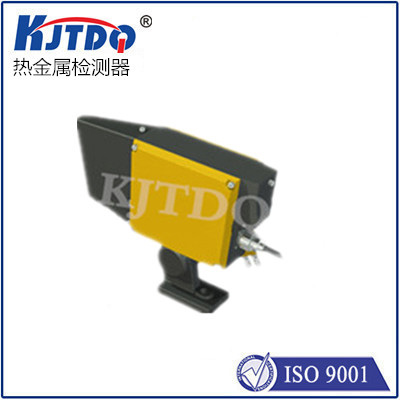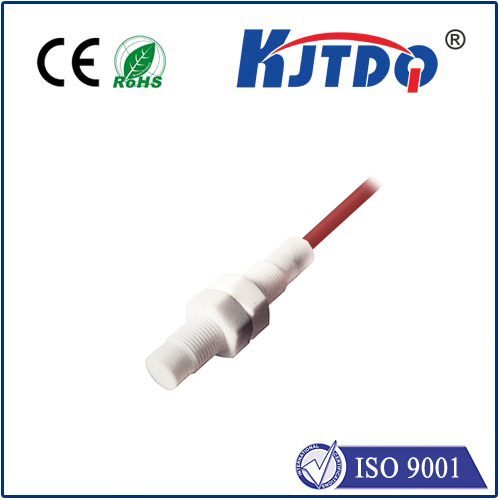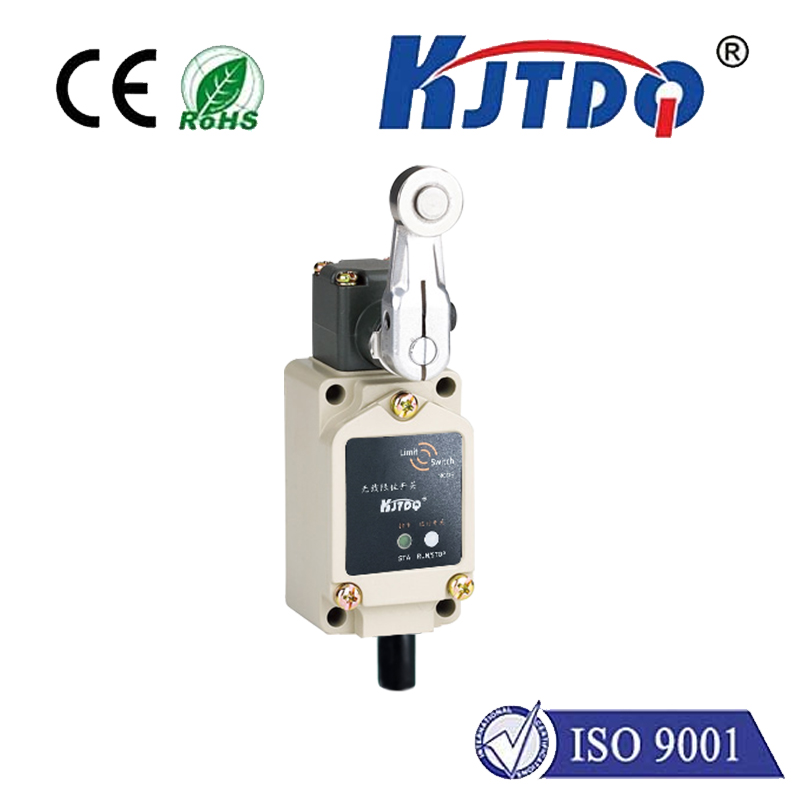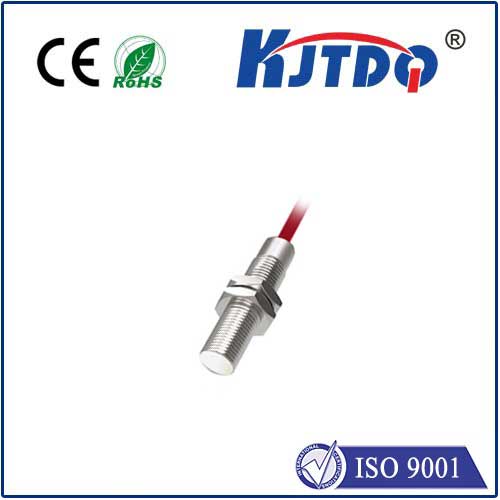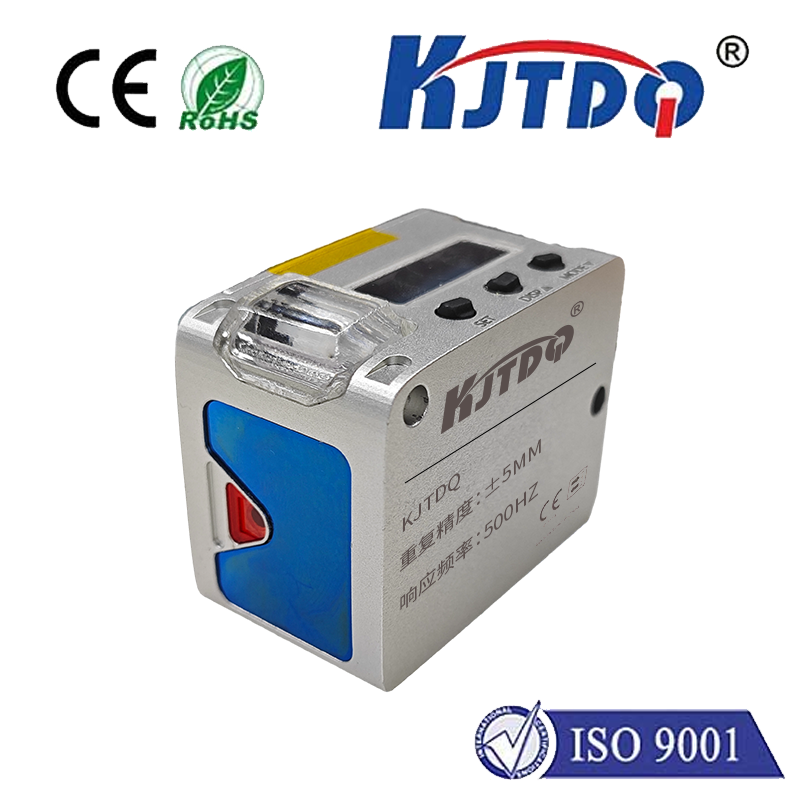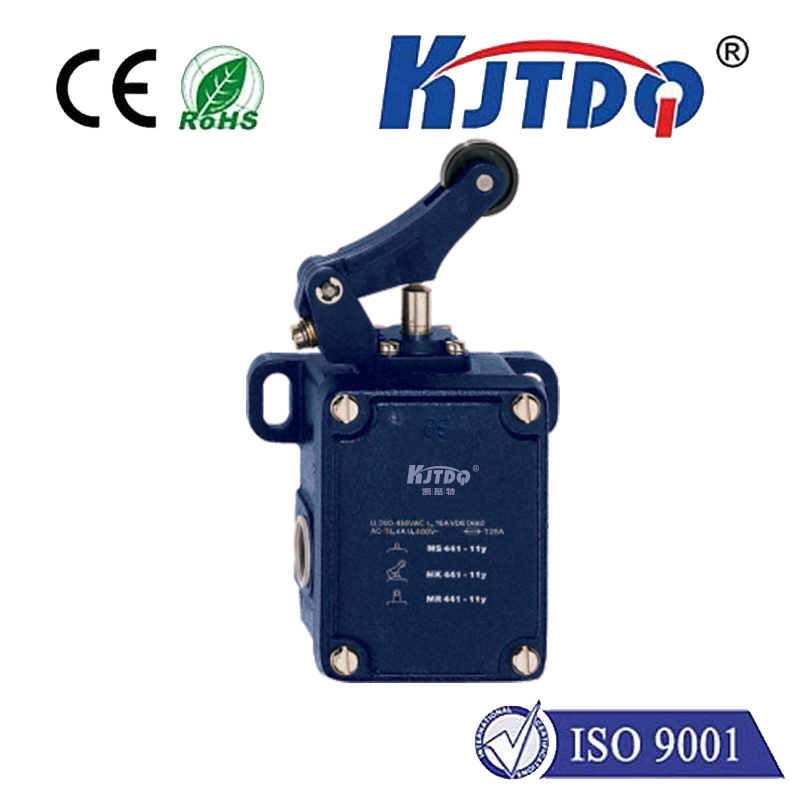

check

check

check

check
PZ-G102N Photoelectric Sensor: The Ultimate Solution for Industrial Automation
In the fast-paced world of industrial automation, the PZ-G102N photoelectric sensor stands out as a reliable and efficient component that enhances the performance of various control systems. This sensor is designed to detect objects or movements using light beams, making it a crucial element in applications ranging from material handling to quality control. In this article, we will explore the key features, applications, and benefits of the PZ-G102N photoelectric sensor, and how it contributes to the efficiency and safety of modern manufacturing processes.
The PZ-G102N photoelectric sensor is a type of non-contact sensor that uses light-based detection to determine the presence or absence of an object. Unlike traditional mechanical sensors, it does not require physical contact, which reduces wear and tear and increases the lifespan of the equipment. The sensor operates on the principle of photodetection, where a light source emits a beam, and a detector captures the reflected or transmitted light to determine the presence of an object. This method allows for high precision and fast response times, making it ideal for applications where speed and accuracy are critical.

One of the most notable features of the PZ-G102N is its dual light beam configuration, which enables it to detect objects in different environments. This feature makes the sensor highly versatile and suitable for use in a wide range of industrial settings, from assembly lines to warehouse automation. The sensor can be easily integrated into existing systems, providing a seamless transition from traditional detection methods to modern, efficient solutions.
In terms of applications, the PZ-G102N photoelectric sensor is widely used in material handling, quality control, and production line monitoring. For example, in automated conveyor systems, the sensor ensures that objects are correctly positioned and moved without any interference. In quality control, it can detect defects in products in real time, allowing for immediate corrective action. Additionally, in warehouse automation, the sensor helps in stock management and inventory tracking, ensuring that products are stored and retrieved efficiently.
The advantages of the PZ-G102N are multi-faceted. Its non-contact design minimizes the risk of damage to objects being detected, while its high sensitivity ensures accurate detection even in low-light conditions. The sensor is also compatible with various control systems, making it easy to integrate into existing industrial setups. Furthermore, its long operational life and low maintenance requirements make it a cost-effective solution for manufacturers.
Another important consideration is the reliability of the PZ-G102N. With its robust construction and durable materials, the sensor is designed to withstand the rigors of industrial environments. This makes it suitable for use in high-traffic areas and extreme conditions. The sensor’s easy installation and user-friendly interface further enhance its usability, reducing the learning curve for technicians and engineers.
In conclusion, the PZ-G102N photoelectric sensor is a vital component in modern industrial automation. Its precision, versatility, and efficiency make it an excellent choice for a wide range of applications. As industries continue to evolve and adopt more advanced technologies, the PZ-G102N remains a key player in ensuring the accuracy and safety of production processes. With its innovative design and high performance, the PZ-G102N is not just a sensor, but a transformative solution for the future of automation.
